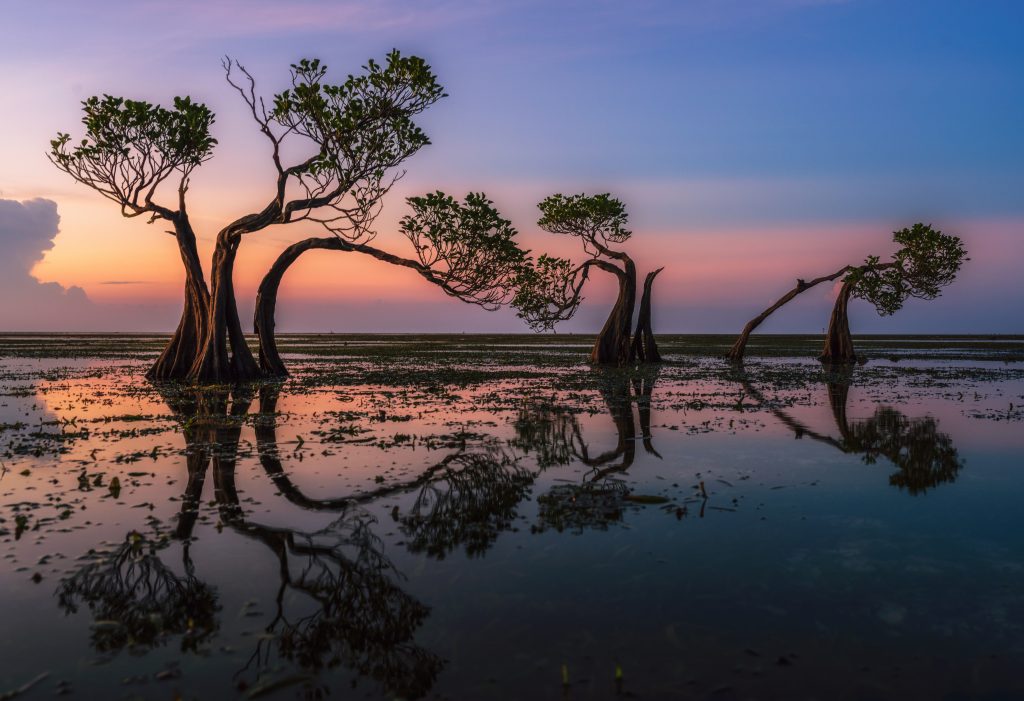Savu Sea National Marine Park
Established in 2014, the Savu Sea National Marine Park (officially, Kawasan Konservasi Perairan Nasional Laut Sawu dan sekitarnya di Provinsi Nusa Tenggara Timur) spans over 3.3 million hectares in East Nusa Tenggara, making it the largest marine protected area in the Coral Triangle. Positioned where the Indian and Pacific Oceans meet, the park features deep channels, steep underwater cliffs, and strong currents that drive cold-water upwelling, fueling high marine productivity.
This nutrient-rich environment supports exceptional biodiversity, including over 500 coral species (76% of all reef-building corals in the Lesser Sunda Ecoregion), 10 of Indonesia’s 13 seagrass species, and 8 mangrove species. The park is one of only two MPAs in Indonesia formally designated for marine mammals and serves as a critical habitat and migratory corridor for 22 marine mammal species—including blue, sperm, and humpback whales, seven species of dolphin and one dugong species. Visual and acoustic data suggest the area also functions as a tropical breeding ground for sperm whales.
Details
|
Date Established |
Reserved by the ministerial decree in 2009; Officially established by ministerial decree in 2014 |
|
Hectares |
3,355,352.82 hectares, including approx. 79,700 hectares of no-take |
Zoning Map
The Savu Sea National Marine Park is deeply connected to the cultural heritage and livelihoods of coastal communities in East Nusa Tenggara, where many residents depend on fishing, seaweed farming, salt production, and seafood harvesting. The park’s management plan emphasizes conserving biodiversity while sustaining local traditions and economic practices, recognizing cultural values as integral to marine protection. Customary laws such as Papadak and Hoholok in Rote Ndao regulate fishing zones, gear types, harvest limits, and waste, serving as effective community-based fisheries management.
Other traditional practices, like coral collection for lime (Keruga) in Sabu Raijua and seasonal closures of Lilifuk tide pools in Kupang, are incorporated into designated use zones. Community involvement is central to the park’s success, with local groups actively participating in mangrove restoration, sea turtle conservation, and the integration of traditional knowledge into formal regulations—strengthening stewardship and supporting both environmental and economic resilience.

